Are Solar Light Batteries the Same as Rechargeable Batteries?
Solar lights have become a popular choice for eco-friendly outdoor lighting, illuminating pathways, gardens, and patios without adding to electricity bills. A common question among users is: are solar light batteries the same as rechargeable batteries? Understanding the relationship between these batteries is key to maintaining solar light performance and ensuring long-term functionality. This article explores the similarities and differences between solar light batteries and standard rechargeable batteries, their roles in solar-powered lights, and practical tips for choosing and maintaining the right batteries.
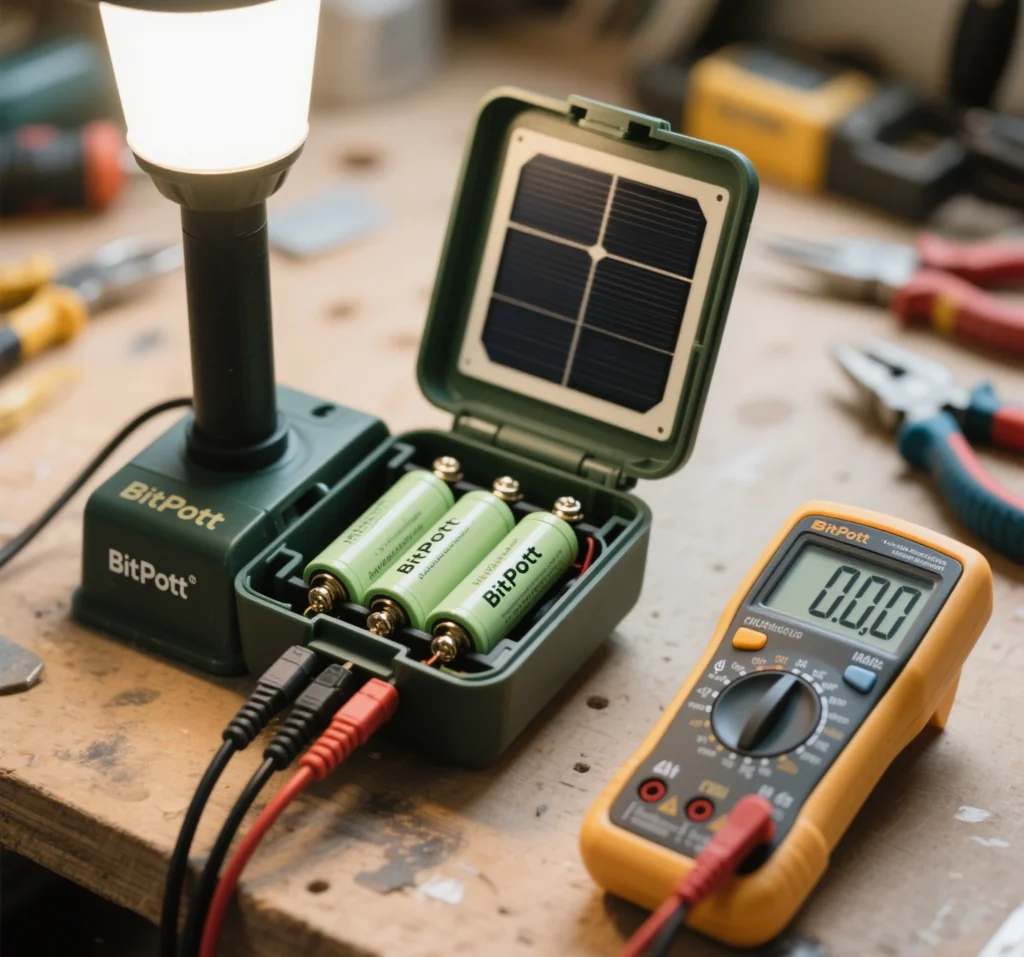
Understanding Solar Light Batteries
Solar lights rely on batteries to store energy generated by photovoltaic (PV) panels during the day, which powers the light at night. These batteries are typically rechargeable, designed to endure repeated charge-discharge cycles driven by sunlight. The light-dependent resistor (LDR) in solar lights detects low light levels to activate the LED, drawing power from the battery. But are these solar light batteries identical to the rechargeable batteries found in other devices, such as remote controls or flashlights? Let’s break it down.
Are Solar Light Batteries the Same as Rechargeable Batteries?
The short answer is: solar light batteries are a type of rechargeable battery, but they are specifically designed for the unique demands of solar lighting systems. While they share similarities with standard rechargeable batteries, there are key differences in their chemistry, capacity, and performance characteristics.
Similarities Between Solar Light Batteries and Rechargeable Batteries
- Rechargeable Nature: Both solar light batteries and standard rechargeable batteries can be charged and discharged multiple times, unlike single-use alkaline batteries. Common types include Nickel-Metal Hydride (NiMH battery) and Lithium-Ion (Li-ion), used in both solar lights and other devices.
- Standard Sizes: Many solar light batteries come in familiar sizes like AA or AAA, making them physically compatible with devices that use standard rechargeable batteries.
- Charging Mechanism: Both can be charged using external chargers, though solar light batteries are typically charged via the PV panel in the solar lighting system.
Differences Between Solar Light Batteries and Rechargeable Batteries
- Optimized Chemistry: Solar light batteries are often NiMH batteries designed for low, consistent charging from solar panels. They are built to handle the slow, variable charge rates of sunlight, which differ from the fast-charging needs of devices like smartphones. Standard rechargeable batteries may not tolerate the trickle charging common in solar-powered lights.
- Capacity and Discharge Rate: Solar light batteries typically have lower capacities (e.g., 600-1200 mAh for AA NiMH batteries) suited for powering low-energy LEDs overnight. Standard rechargeable batteries for high-drain devices (e.g., cameras) often have higher capacities (2000-3000 mAh) and faster discharge rates, which may not align with solar light needs.
- Cycle Durability: Solar light batteries are engineered for thousands of shallow charge-discharge cycles, as they charge daily and discharge nightly. Standard rechargeable batteries may be designed for fewer, deeper cycles, making them less ideal for solar light performance.
- Temperature Tolerance: Outdoor solar lights face extreme temperatures, so their batteries are built to operate in a wide range (-20°C to 60°C). Standard rechargeable batteries may not perform well in such conditions, leading to reduced solar light battery life.
Common Battery Types in Solar Lights
Most solar lights use one of two battery types, each with specific characteristics:
- Nickel-Metal Hydride (NiMH) Batteries: These are the most common in solar pathway lights due to their affordability, reliability, and ability to handle trickle charging. NiMH batteries typically have a lifespan of 1-2 years (500-1000 cycles) in solar applications and are available in AA or AAA sizes.
- Lithium-Ion (Li-ion) Batteries: Found in higher-end smart solar lights, Li-ion batteries offer higher energy density and longer lifespans (2-3 years or 1000-2000 cycles). They are more compact but costlier and less common in budget models.
Standard rechargeable batteries, such as those used in household electronics, may also be NiMH or Li-ion but are often optimized for different use cases, such as high-drain or fast-charging applications.
Can You Use Standard Rechargeable Batteries in Solar Lights?
In many cases, you can use standard rechargeable batteries in solar lights, provided they match the size, voltage, and chemistry of the original battery. For example:
- AA or AAA NiMH Batteries: If your solar light uses a 1.2V AA NiMH battery, a standard AA NiMH rechargeable battery (e.g., from brands like Eneloop) can work as a replacement, though it may not be optimized for solar charging.
- Voltage Compatibility: Ensure the replacement battery matches the voltage (e.g., 1.2V for NiMH, 3.7V for Li-ion). Using a mismatched battery can damage the solar lighting system or reduce performance.
- Capacity Considerations: A higher-capacity battery (e.g., 2000 mAh vs. 800 mAh) may provide longer runtime but could take longer to charge via the PV panel, potentially reducing solar panel efficiency.
Caution: Avoid using non-rechargeable batteries (e.g., alkaline) in solar lights, as they cannot be charged and may leak or damage the light. Always check the manufacturer’s specifications, such as those provided by Bitpott, to ensure compatibility.
Benefits of Using Solar-Specific Batteries
While standard rechargeable batteries can work in a pinch, solar light batteries offer advantages tailored to solar-powered lights:
- Optimized for Trickle Charging: Solar light batteries handle the slow, variable charging from PV panels, improving solar energy collection efficiency.
- Longer Cycle Life: Designed for daily charging cycles, they maintain solar light battery life better than standard batteries.
- Temperature Resilience: Built for outdoor conditions, they perform reliably in heat, cold, or humidity.
- Cost-Effectiveness: NiMH batteries are affordable and widely available, making them a practical choice for most solar lights.
How to Maintain Solar Light Batteries
To maximize solar light battery life and performance, follow these maintenance tips:
- Ensure Proper Charging: Place lights in areas with 6-8 hours of direct sunlight to optimize solar panel sunlight exposure. Shading or dirt on the PV panel can reduce charging efficiency.
- Clean the Solar Panel: Dust or debris can lower solar panel efficiency. Clean the panel monthly with a soft cloth to ensure maximum energy capture.
- Avoid Over-Discharging: If the light-dependent resistor (LDR) is exposed to artificial light (e.g., streetlights) at night, it may keep the light off, preventing battery discharge but also reducing charging cycles. Position lights away from such sources.
- Replace Batteries Regularly: Most NiMH batteries last 1-2 years in solar lights. Replace them when you notice dimming or inconsistent performance.
- Store Properly: If storing solar lights during winter, remove the batteries and store them in a cool, dry place to prevent degradation.
Troubleshooting Battery Issues in Solar Lights
If your solar lights are underperforming, the battery may be the culprit. Here’s how to troubleshoot:
- Test the Battery: Remove the battery and test it with a multimeter or compatible charger. A healthy NiMH battery should show a voltage close to 1.2V when fully charged.
- Check Connections: Inspect battery terminals for corrosion or loose connections. Clean with a cotton swab and vinegar if needed.
- Verify Charging: Place the light in direct sunlight for a full day and test it at night. If it still doesn’t work, the PV panel or circuitry may be faulty.
- Replace with Compatible Batteries: Use a rechargeable battery with the same size, voltage, and chemistry. Avoid mixing old and new batteries, as this can reduce performance.
When to Upgrade or Replace Solar Lights
If battery issues persist or your solar lights are old, consider upgrading to newer models. Modern smart solar lights, like those from Bitpott, often use advanced Li-ion batteries with longer lifespans and better performance. Alternatively, if your lights are in a low-sunlight area, hybrid solar-electric lights can provide reliable illumination without relying solely on solar energy collection.
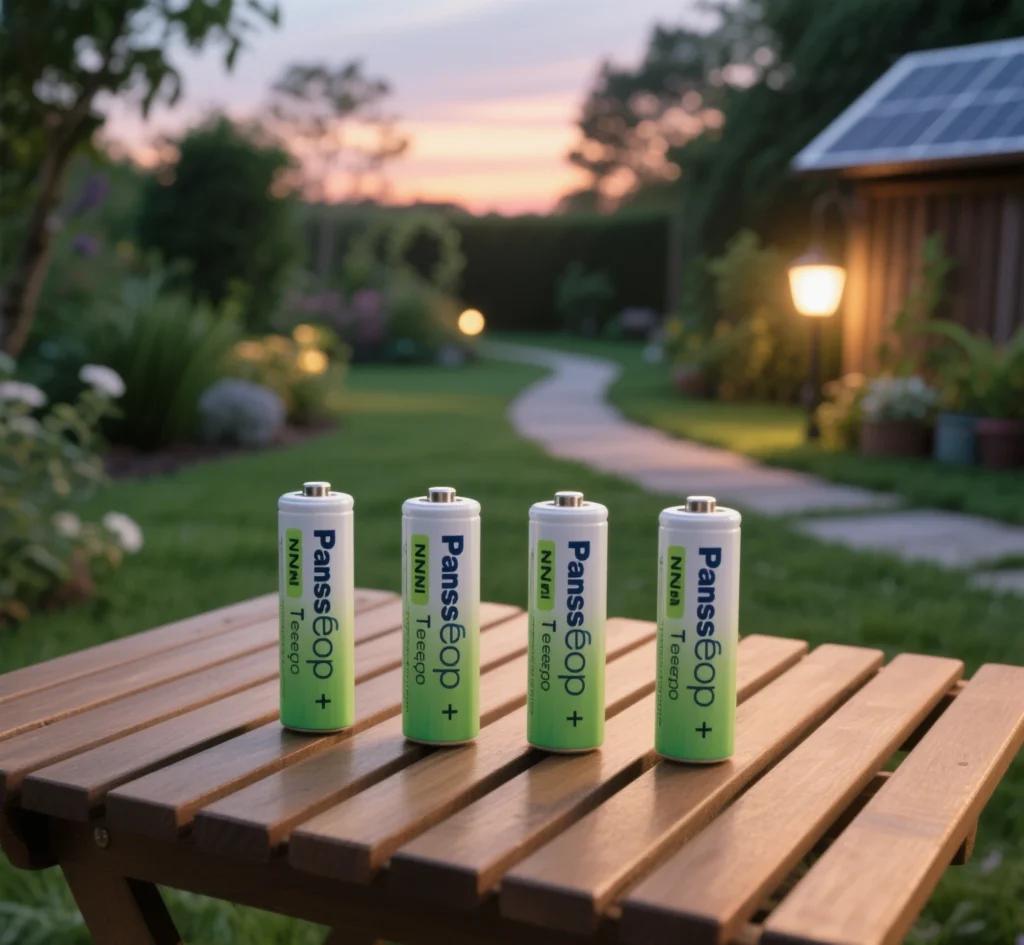
Environmental and Practical Considerations
Using solar light batteries supports the eco-friendly nature of solar-powered lights, reducing reliance on non-renewable energy. However, improper disposal of NiMH or Li-ion batteries can harm the environment. Always recycle batteries at designated facilities to minimize environmental impact. Additionally, choosing high-quality rechargeable batteries designed for solar use can save money and reduce waste over time.
Conclusion
Solar light batteries are indeed a type of rechargeable battery, but they are specifically designed for the unique demands of solar lighting systems, with features like trickle-charging compatibility and temperature resilience. While standard rechargeable batteries can sometimes be used as replacements, solar light batteries offer better performance and longevity for solar-powered lights. By selecting the right battery, maintaining proper solar panel sunlight exposure, and following regular maintenance practices, you can ensure optimal solar light performance. With quality products and careful care, your solar lights will provide reliable, sustainable illumination for years to come.


-6-2-450x231.webp)
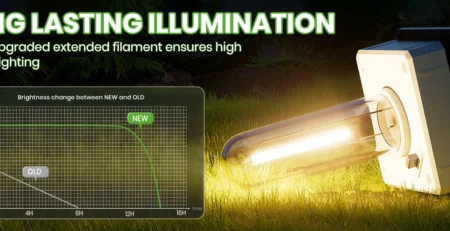



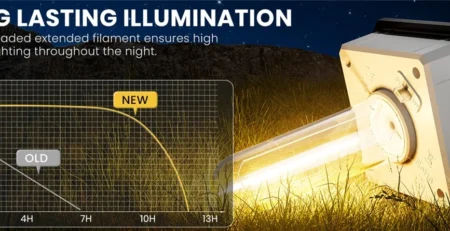
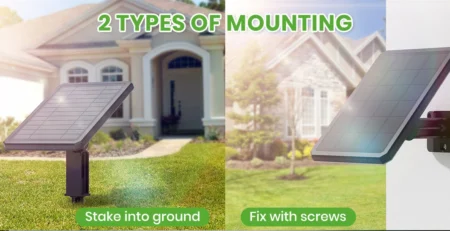

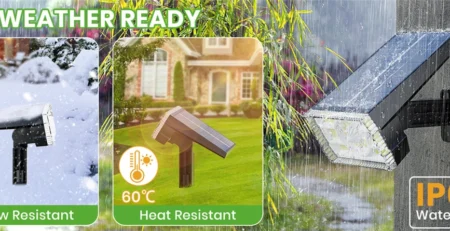
Leave a Reply